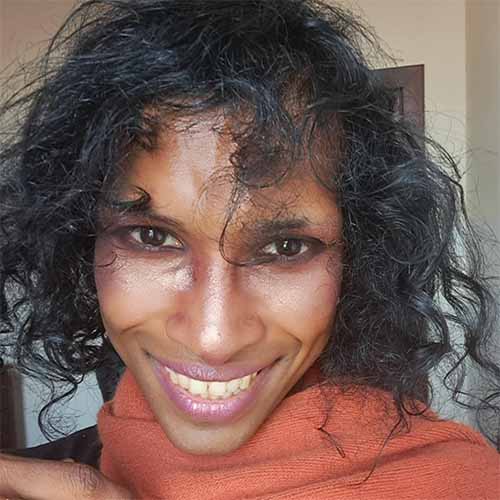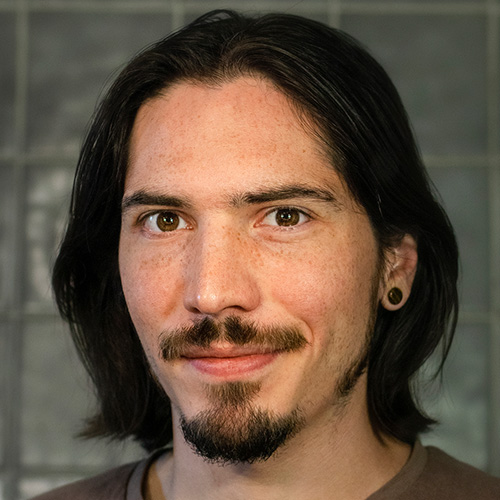Volgadraco
Family

Azhdarchidae


Family

Azhdarchidae

Eighty million years ago, the area now making up the Volga River valley was a series of low-lying islands in a warm sea, and home to numerous pterosaurs and birds, including Volgadraco bogolubovi. Volgadraco was discovered in rocks of the Upper Cretaceous Rybushka Formation in southwestern Russia and was first named in 2008 by Alexander Averianov and colleagues.
Volgadraco is known from fragmentary remains made up of a partial lower jaw, two neck vertebrae, a partial torso vertebra, and a portion of the femur. The preserved lower jaw is from near the tip, and shows that the end of the jaw was long and pointed, roughly triangular when seen from the side, and top. The chin had a long ridge-like crest on the bottom and the jaws bore no teeth. The bone texture indicates that it was covered in beak tissue.
The neck vertebrae are incomplete, but show an elongate hourglass shape. The single partial vertebra from the torso is from something called a notarium. In many pterosaurs, several vertebrae of the torso are fused and serve as a brace for the shoulder blades.
The preserved portion of the lower jaw is just over 10 cm (4 inches) long, and when complete would have been between 20 to 25 cm (8 to 10 inches) long. Comparisons to similar pterosaurs indicate that Volgadraco would have a wingspan between 100 to 120 cm (3 to 4 feet).
Although it is incomplete, Averianov and colleagues assigned Volgadraco to the Azhdarchidae, a large group of Cretaceous pterosaurs that include the largest of all flying animals. Comparing the shape of the lower jaw fragment, as well as the location of blood vessels indicates that Volgadraco is probably an intermediate between early, smaller azhdarchids and the giant azhdarchids that lived during the latest Cretaceous.
Azhdarchids have been interpreted as terrestrial hunters, stalking small vertebrates including baby dinosaurs. The islands in which Volgadraco lived may have supplied prey, or they may have used them as nesting grounds or a stopping point between continental land masses to the north and south.
Geological Age
Late Cretaceous


